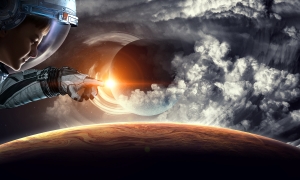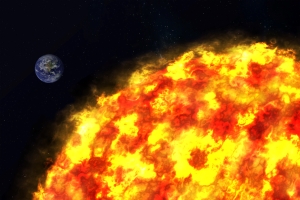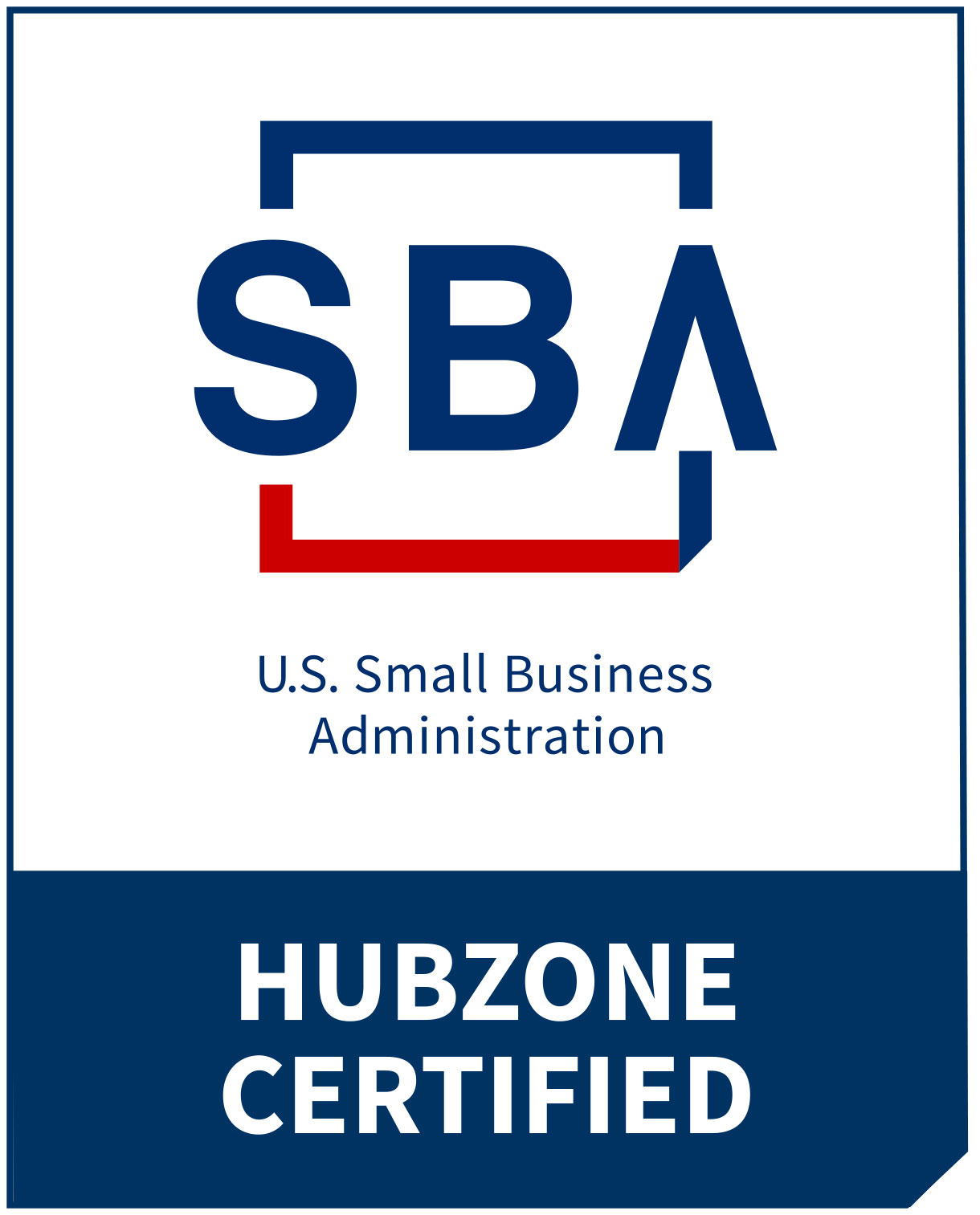Fresh Facts about the Webb Space Telescope are now available. Soon the telescope will be bringing us fresh facts from the Universe. As we publish this blog, it is busily calibrating its mirrors. That process will probably take about 6 months.
But meanwhile, we need to know some timely fresh facts about this marvelous observatory in space.
You might already know it launched Christmas Day 2021. Additionally, you might be vaguely aware it opened its sun shields successfully and deployed its mirrors perfectly.
One of Our Fresh Facts: The Webb Space Telescope is the Hottest Topic in Technology

Through the Eyes of the Webb Space Telescope, We Might See How Stars are Born. Moreover, We Might Discover the Origins of The Earth.
We have blogged about the James Web Space Telescope several times. Why? Because without the technology at companies like ER Precision Optics, the US and Canada could not have created the Webb Space Telescope. It would just be science fiction instead of science fact.
We Look Up: Where in the Sky is this New Observatory?
It’s not Skylab, not even close! The Webb’s orbit, known as the second Lagrange Point 2 or L2 is a month-long trip for the flying observatory.
According to experts, that means the Webb Space Telescope will go “1.5 million kilometers (940,000 miles) from Earth” to reach its “home.” It “launched from the Guiana Space Centre (Le Centre Spatial Guyanais, CSG) in Kourou, French Guiana, on board an Ariane 5 rocket provided by the European Space Agency.”
As we mentioned in one of our recent blogs, it traveled in the rocket folded intricately, like a very large origami masterpiece.
In a Galaxy Far, Far Away
We can’t even service it at that long-distance location. So, why did we send a 10-billion-dollar piece of equipment so far, far away?
You see, the Webb requires very cool temperatures to measure the heat of heavenly bodies, like planets and stars. Closer orbits would be much too close. For example, “heat coming off the Earth and Moon…” could “interfere with Webb’s precise measurements.”
Alas, No Service Calls Listed Among our Fresh Facts for the Webb Telescope
Webb will never have a service call from astronauts. It is far beyond the moon. The Hubble telescope is just orbiting above the earth. However, we’ve sent Webb too far to ever again be touched by human hands.
By human standards, Webb will not have a long life. It has a minimum science mission of five years, but a 10-year lifetime goal.
“To ensure the five-year mission, NASA has engineered Webb so that all critical subsystems are dual or will degrade gracefully with age.” For example, the Near Infrared Camera has 2 “identical camera systems.” Therefore, it can maintain optical quality. NASA has undoubtedly designed back-ups and redundancies into the heart of the Webb Telescope.
Fresh Fact: No Filling Stations at Lagrange 2

With Its Infra-red Detectors, the Webb Telescope Will View Distant Stars and Worlds.
Webb also only carries enough fuel for 10 years of maneuvers at its location. Likewise, The Webb Science and Operations Center at the Space Telescope Science can change the operations of the observatory. They can vary the duties of the telescope as it grows older.
It will get its lifetime power from an onboard solar array. Likewise, little movements will be assisted by a propulsion system to maintain orbit and attitude. That will take 2000 Watts of sparkle.
Physical Fresh Facts to Build Your Mental Image of Webb
We don’t want your mental image of the Webb Space Telescope to be like that of a small satellite. This spacefaring observation center is more like a small building.
- “The sun shield dimensions are 21.2 by 14.2 meters. (That means 69.5 by 46.5 feet-wow, like sails on a small ship!)
- The mirror with its golden hexagonal segments stretches and has a diameter of 6.6 meters (21.7 feet). As we have told you previously, that is bigger than the one at Mt. Paloma in California.
More Fresh Physical Facts: A Deeper Dive
Keep in mind that every single one “of the 18 segments of the mirror is 1.32 meters (4.3 feet) across.“
- If you are mathematically minded, you can figure the area. It is about 25 square meters or 270 square feet.
- Here’s a great fresh fact: Just the mirror alone weighs 1550 pounds.
- Finally, the entire observatory is 8 meters (28 feet) tall.
Reading the Light: a Few Major Points
You might recall we blogged about the fabulous 5 layer sun shield system sported by the Webb Space Telescope. We now have fresh news about why scientists provided this intricate array of membranes.
We hinted at the importance of this in the text above. However, we now quote from the experts. In order to “detect faint infrared light from distant objects in the universe, Webb must be shielded from the strong infrared light emanating nearby from the Sun, Earth, and Moon.” Like sunglasses over your eyes, the sun shield’s five layers block the light from these nearby heavenly objects.
A Review of the Top Instruments Aboard
If you have not been following the story of this observatory’s “passengers,” you will appreciate this summary of Webb’s multi-billion-dollar Cargo. Let’s check them as if were listed on a ship’s manifest.
There are four such delicate passengers. And not one of them is human. But, they are controlled by humans from a million and a half miles away.
1. Firstly, the observatory holds the Near-Infrared Camera (NIRCam).
2. The Near-Infrared Spectrograph (NIRSpec), and…
More Delicate Cargo for Experimentation Includes:
3. The Near-Infrared Imager and Slitless Spectrograph (NIRISS).
4. And, last but not least, the Mid-Infrared Instrument (MIRI).
Keep in mind that each one of these instruments uses infrared detectors “to capture light from distant astronomical sources.” NASA puts it this way: “Webb has extended the state of the art for infrared detectors by producing arrays that are lower noise, larger format, and longer-lasting than their predecessors.”
Infrared Detectors: Fascinating Details
If you are intrigued with details, you will be fascinated with Webb’s marvelous infrared Detectors:
Moreover, each of the above lists of instruments has its own detector. However, each of Webb’s detectors has the same basic sandwich.
(1)The infrared Detector sandwich starts with a thin semiconductor absorber layer.
(2) Next manufacturers applied a “layer of indium interconnects to join each pixel in the absorber layer to the readout…”
3) Then, they added a silicon readout integrated circuit known as a ROIC. (And you know how important we at ER Precision Optics view silicon. In fact, you might want to check out our silicon blog. Silicon Facts: Your Lexicon of Si The ROIC will “read-out millions of pixels using a manageable number of outputs.”
4.) We must note that the manufacturer must fabricate the “absorber layer and the silicon ROIC separately.” Additionally, the experts at NASA explain. “This separation allows for each part of the process to be carefully tuned to the materials that are used.”
Two Very Fresh Facts Behind the Infrared Detectors

Finally, What Mysteries Will the Webb Telescope Discover…In Galaxies Far, Far Away?
In case you do not know it, experts remind us that “Indium is a soft metal that deforms under moderate pressure…”
- This quality allows it to form one “cold weld per pixel between the detector layer and the ROIC.”
- The manufacturers also increase the mechanical strength of the detector by flowing “a low viscosity epoxy resin between the indium bonds during the latter stages of “hybridization”
As a result, with the layers listed above and these two manufacturing details, you have it–the perfect Infrared Detector sandwich. And it’s the key to what the instruments of the James Webb Space Telescope will “see” about the life cycle of stars and the creation of the universe. We can hardly wait to see the pictures.


